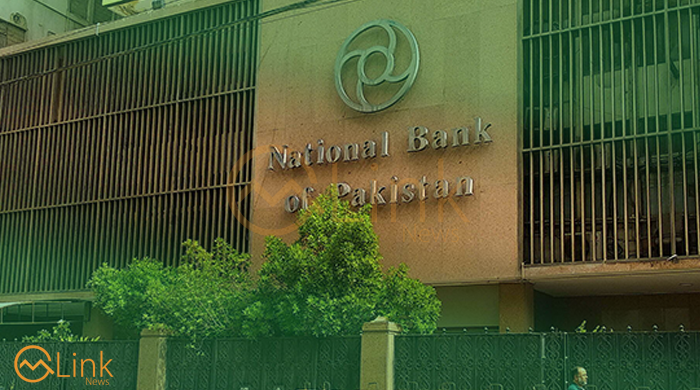January 20, 2020 (MLN): Fitch Ratings has forecasted that Pakistan’s current account deficit will narrow further to 2.1% of GDP in FY20 (year ending June 2020), from 4.9% last fiscal year.
Covering Pakistan in their “What Investors Want to Know: Emerging Market Sovereigns – 1Q20”, the global rating agency pondered if “Pakistan’s Latest IMF Programme is Contributing to an Easing of External Financing Pressures?”
According to the rating agency “Import compression remains the predominant driver of the narrowing deficit, facilitated by rupee depreciation against the US dollar of around 30% since December 2017. Exports are forecast to grow modestly from a low base.”
The agency is of the view that Pakistan (B-/Stable) is making good progress in reducing its external vulnerabilities as a result of the authorities’ policy actions and the financing unlocked through the IMF programme approved last July. The current account deficit has narrowed and reserves are rising again. However, it still faces a challenging external position with high external financing requirements and low foreign exchange reserves, as reflected in its low rating level, which it affirmed on 13 January 2020.
The State Bank of Pakistan’s adoption of a more flexible exchange rate and interest rate rises have facilitated capital inflows and a rebuilding of reserves. Fitch expects gross liquid reserves to rise to around USD11.5 billion at FYE20, up from USD7.2 billion at FYE19. Fitch further expects continued adherence to the new exchange rate regime to help rebuild reserves and improve external resilience.
Furthermore, access to external financing has improved after the approval of a USD6 billion, 39-month Extended Fund Facility in July 2019, which, according to the IMF, potentially unlocked about USD38 billion in financing from multilateral (including the IMF) and bilateral sources over the programme period.
It may also facilitate financing from offshore capital markets. The Extended Fund Facility is on track, with the first review completed in December. However, implementation risks remain high, given political challenges around the authorities’ reform agenda
Fitch concluded that gross external financing needs will remain high over the medium term due to considerable debt repayments. Sustaining inflows to meet these financing needs could prove challenging over a longer horizon without stronger export growth and net FDI inflows.
32212







